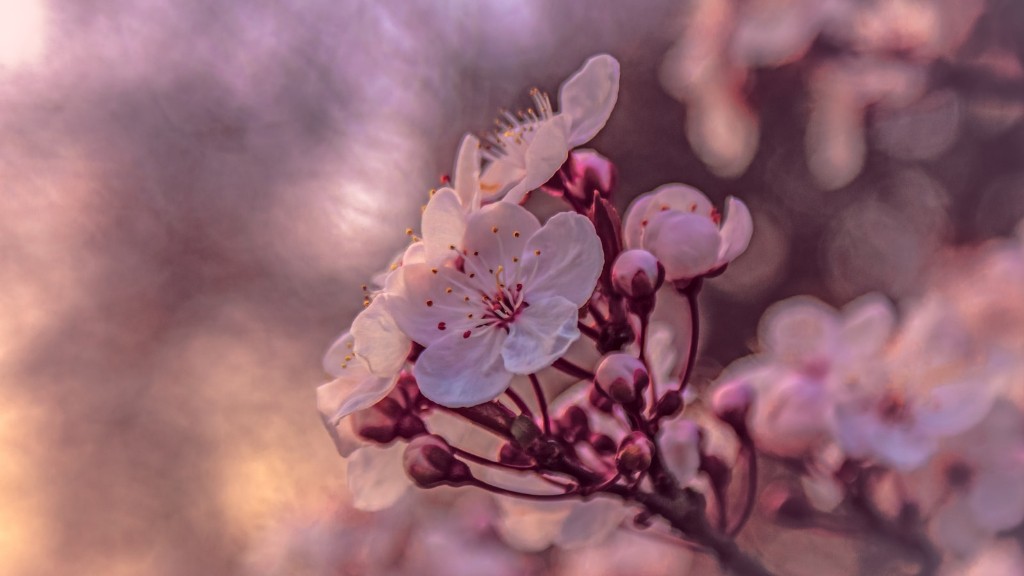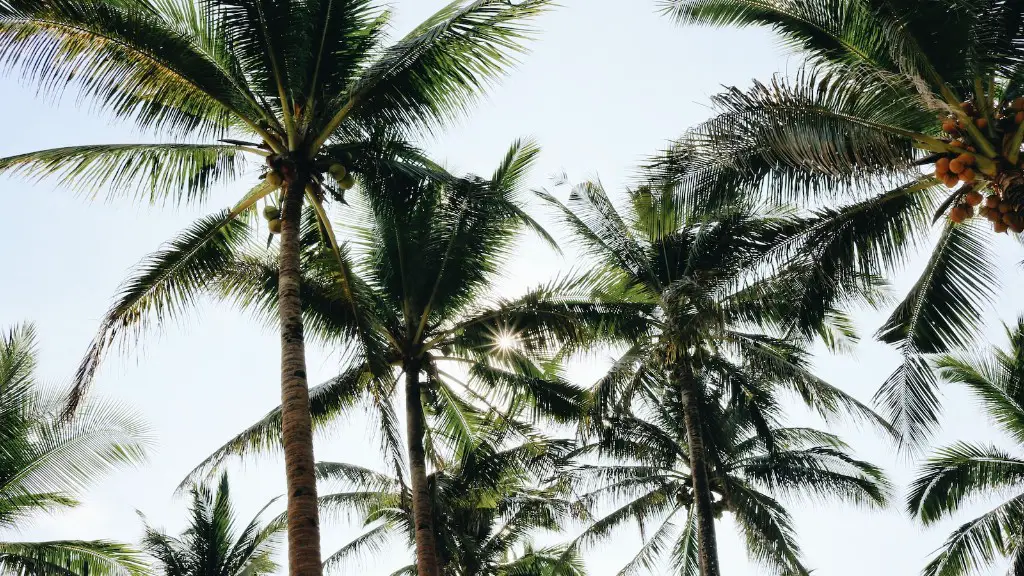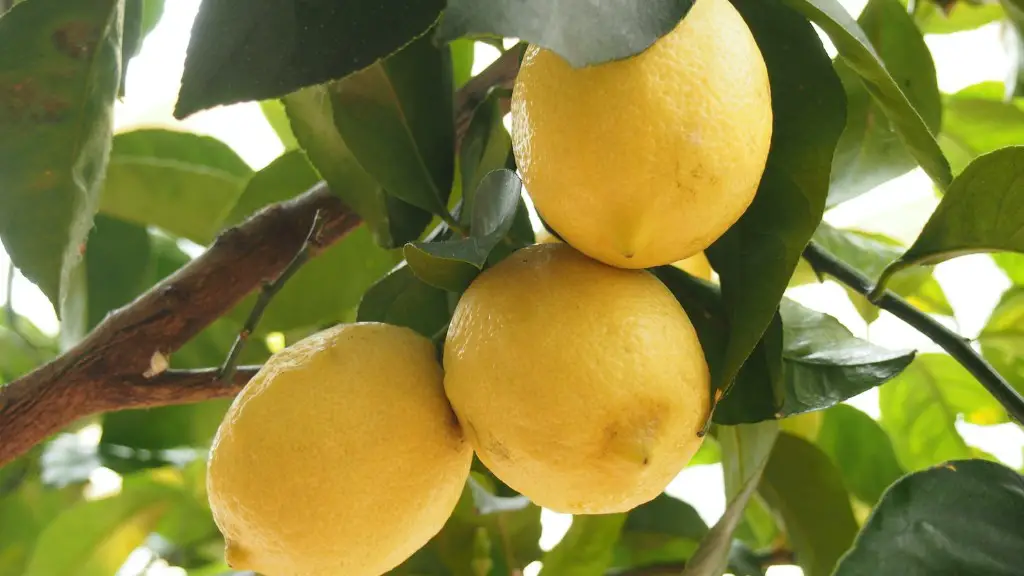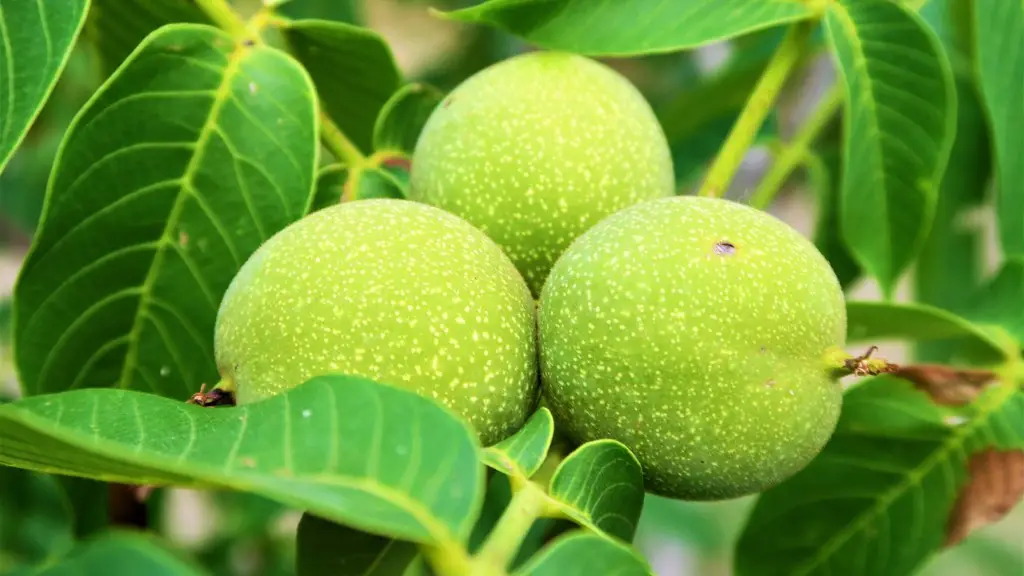A cherry blossom tree is a beautiful addition to any landscape. However, if a cherry blossom tree is not properly cared for, it can quickly die. If you have a cherry blossom tree that is struggling to survive, there are some things you can do to try to save it.
If your cherry blossom tree is dying, there are a few things you can do to try and save it. First, check the roots to see if they are still healthy. If the roots are rotted, there is little you can do. However, if the roots are still alive, try to replant the tree in a location that gets more sunlight. Pruning the tree can also help to encourage new growth. Finally, fertilize the tree with a nitrogen-rich fertilizer to help it recover.
Why is my cherry blossom tree dying?
The cause of Brown Rot Blossom Blight is a fungal disease. The blight attacks fruit trees such as fruiting and flowering apricots, cherries, nectarines, peaches and plums. Fungus spores infect the tree blossoms in the spring, when the blooms begin to age. Many tiny black spores begin to cover the dying flowers.
Cherry diseases can be treated early by cutting off an infected branch at a point below the gall and applying fungicides three times annually: in spring, just before flowering, and just after. Fungicide application is also the treatment of choice for brown rot and leaf spot.
How do you know when a cherry tree is dying
It can be difficult to tell if a cherry tree is dead, but there are some key indicators that you can look for. First, check for brittle, dry branches and tree wood that is soft and crumbing at the touch. Then, inspect the tree for cracks in the bark, or large chunks of missing bark which can indicate disease. Finally, see if the tree has any buds on it in the spring. If it does not, then it is likely that the tree is dead.
If you have a dying cherry blossom tree, there are a few things you can do to try and save it. Remove any dead branches, inspect for sap, and check for wilting stems. Apply fungicides and proper sanitation measures as well. With some care, you may be able to revive your tree and enjoy its beauty once again.
Do cherry blossom trees need a lot of water?
Cherry Blossom Trees are beautiful and popular trees that can be grown in many different types of soils. However, they prefer acidic soils. During the first season, these trees need to be watered moderately, about once a week for 30 minutes. Once they are established, they only need to be watered every two to three weeks.
Waterlogged soils or over-irrigation can lead to all sorts of nasty fungal diseases and cankers. Too much water can also suffocate cherry tree roots, causing stunted trees that don’t bloom or set fruit and can ultimately lead to plant death. More cherry trees die from too much water than too little.
Can you revive a dying tree?
If you’re not sure whether a tree on your property is dead or alive, there are a few things you can do to determine its status. Inspect the tree for signs of life, such as leaves, branches, and/or buds. Check for Division of Forestry from your local government to see if the tree is listed as dead. If the tree is not listed, and you still aren’t sure, you can contact a certified arborist for help.
There are 4 steps you need to take in order to save a sick and dying tree.
1. Identify the issue, if any, and amend it.
2. Prune 30% of the tree’s foliage.
3. Implement a watering program.
4. Fertilize.
Can I use Epsom salt for cherry tree
Epsom Salt is a great way to sweeten fruits! Simply add it to your water when watering fruit trees or vegetables and they will yield larger, sweeter, and more fruits. Works great also for nut trees and fruit shrubs.
Other ways you can tell if a tree or shrub is in need of water is by looking at the leaves. If the leaves are wilting, drooping, turning yellow or brown at the tips or margins, or curling, then the plant is likely in need of water. Additionally, if the green leaves, stems, roots, or fruits of the plant are shrinking, this is another sign that the plant needs more water. Shrinking can cause radial cracks to form in tree trunks.
Can cherry trees get too much sun?
A cherry tree needs full sun and a well-drained, fertile soil to thrive. Full sun is defined as at least 6 to 8 hours of sun each day. Sunlight is critical to fruit production and quality. It also helps keep fungal issues from getting a foothold.
Phymatotrichum Cotton Root Rot is a serious issue for Cherry Trees. The disease starts with the plant crown, and works its way down the tree. The foliage will turn yellow or brown, and then suddenly wilt and drop. The fruit will also drop, and within three days the tree may die from the infection.
Should I cut dead branches off my cherry tree
Overall, they require only light pruning once established. Prune once the fruit has been picked. First, remove any dead, damaged or diseased branches. Then remove any that are very weak, badly placed, crossing through the centre of the bush or rubbing on other branches.
Cherry trees require less nitrogen than most other fruit trees. A low-nitrogen fertilizer, such as 5-10-10 or 10-15-15, is best for cherry trees.
Why are the leaves on my Japanese cherry blossom tree turning brown?
Cherry tree leaves usually turn brown from improper watering, weather stress, or diseases such as cherry leaf spot or brown rot. If you notice that your cherry tree leaves are turning brown, you should take a look at your tree’s watering schedule and make sure that you are not over- or under-watering it. Additionally, check to see if there has been any recent extreme weather in your area that could be causing stress to your tree. Finally, diseases like cherry leaf spot or brown rot can cause brown leaves, so be on the lookout for any signs of these diseases.
Cherry Trees benefit from a little fertilizer. Use a fertilizer that’s low in nitrogen late in the winter, or in the early spring. About a month before your trees flower is the best time to fertilize.
Final Words
1. Prune the tree regularly to promote healthy growth.
2. Apply a fertilizer specifically designed for cherry blossom trees.
3. Make sure the tree is getting enough water.
4. Protect the tree from pests and diseases.
Cherry blossom trees are a beautiful sight, and it is heartbreaking to see one dying. However, there are some things you can do to try and save a dying cherry blossom tree. First, check the tree for any signs of pests or disease and treat accordingly. Next, make sure the tree is getting enough water. Deep watering once a week is ideal. Finally, give the tree some fertilizer to help it regain its strength. With a little love and care, you may be able to save a dying cherry blossom tree.




